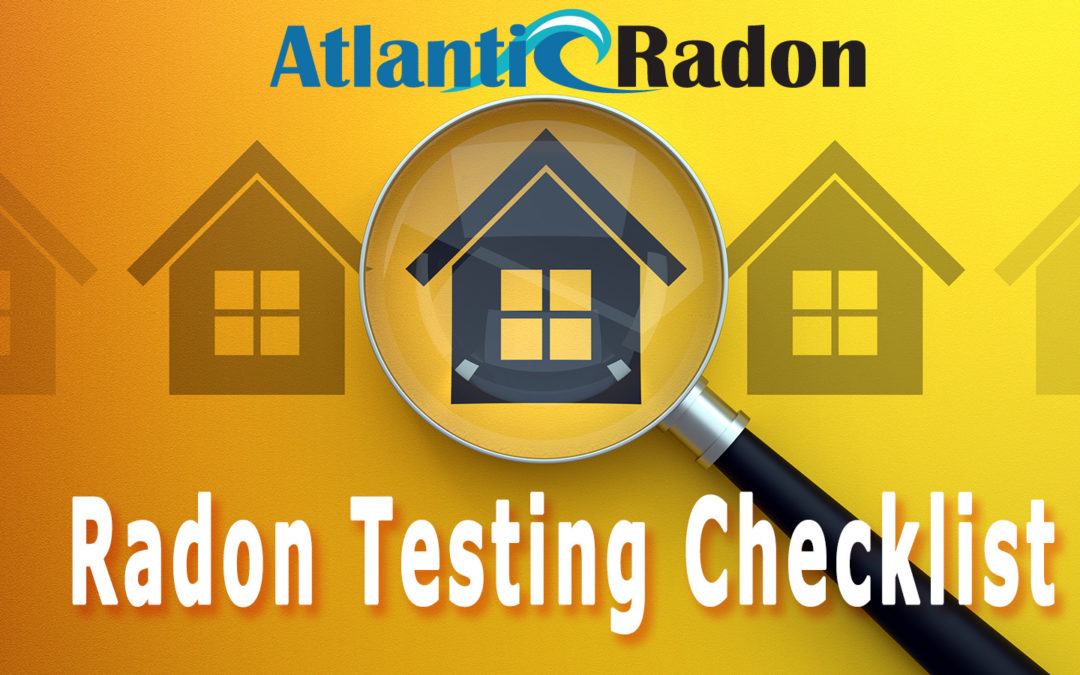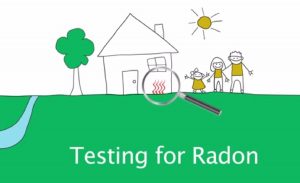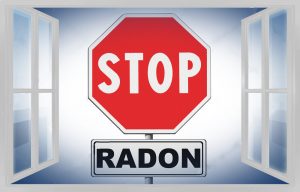The Environmental Protection Agency (EPA) recommends testing any home for radon. Whether you’re selling, buying, or renting a property, it’s essential to know the level of radon in your house.
Why?
Radon is an odorless, radioactive gas found in many homes across the country. Long-term exposure could lead to severe health conditions, such as pulmonary fibrosis, pneumonia, and lung cancer.
To make sure you’re doing the test right, and you’ll be getting accurate results, we’ve prepared a checklist for radon testing you could follow.
- Decide if you’re going to hire a qualified radon tester or do it yourself
As you look for options for radon testing, you’ll find that there are test kits available on the market. While you could do it by yourself, remember that testing for radon requires training. If you don’t have the necessary skills, you may not get accurate results.If you’re not confident you could perform the testing accurately, it’s best to leave it to the pros.
When looking for a qualified radon tester, don’t be shy to ask if they’ve tested homes in your neighborhood. Then you could verify this with your neighbors and ask about their experience with the contractor. You should also ask about the type of testing they would do to your home and if there will be any interference in your daily activities.
- Choose between a short-term or long-term test
If you will have the opportunity to choose which test to perform in your home, it’s best to be informed about the differences between short-term and long-term tests.If you’re working with a contractor, you could ask them about these tests and ask for recommendations.
- Prepare your home for testing
Radon testing often requires a closed-house condition. Let your family know that you’re testing. This way, they could prevent any interference as much as possible.For a short-term test, your home should be in a closed-house condition at least 12 hours before starting the test. You could operate your home’s HVAC normally while testing.
Consider placing the testing device in an area where it will be least disturbed.
- Have the results analyzed as soon as possible
After the test, have your radon technician check the results. If you’re doing it by yourself, remember that the EPA recommends radon mitigation for a test result of 4 pCi/L or higher. However, the agency also reminds homeowners that any level of radon in a house poses some health risks to it’s occupants.
Radon testing doesn’t have to be complicated. With an experienced contractor like Atlantic Radon to assist you, you could get reliable test results. For more information on our radon testing service and to get a free estimate, fill out our contact form.




